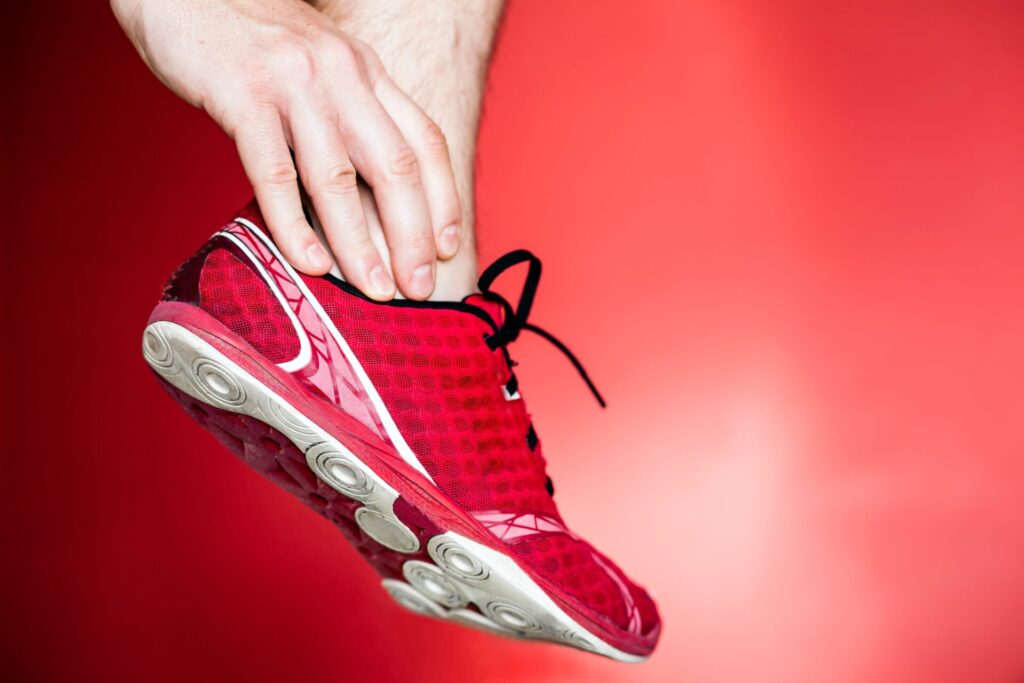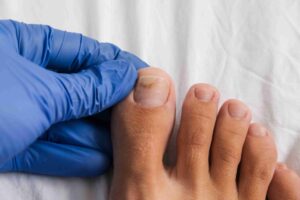Tired of enduring the pain caused by your Ankle Injury? Here you will learn more about Chronic Lateral Ankle Injury
Did you know that up to one-third of individuals go on to experience chronic ankle instability after ankle sprains?
Ankle pain can be caused by intra-articular or extra-articular pathology and may be a result of a traumatic or nontraumatic event. Chronic ankle pain can affect all age groups, ranging from young athletes to elderly patients with degenerative joint and soft- tissue disorders. Lateral ankle sprains are most common due to having smaller ligamentous support and simply because of the way we change direction.
Without proper treatment and rehabilitation, a chronic or untreated severe sprain can weaken your ankle, making it more likely that you will injure it again. Repeated ankle sprains can lead to long-term problems, including chronic ankle pain, arthritis, and also instability. Chronic instability means any or all of the following: recurrent ankle injuries/ impaired range of movement (restricted movement), ongoing pain, reduced ankle power and endurance, and reduced sense of balance (proprioception).
Symptoms of Chronic Lateral Ankle Injury
Pain, usually on the outer side of the ankle, may be so intense that you have difficulty walking or participating in sports. In some cases, the pain is a constant, dull ache. Patients may also experience difficulty walking on uneven ground or in high heels, a feeling of giving way (instability), pain and swelling, stiffness, tenderness, or repeated ankle sprains.
Causes of Chronic Lateral Ankle Injury
The most usual cause for a persistently painful ankle is incomplete healing after an ankle sprain. The connecting tissue between the bones is stretched or torn when you sprain your ankle. Even with thorough and complete rehabilitation, the ankle ligaments or surrounding muscles may remain weak, resulting in recurrent instability. As a result, you may experience additional ankle injuries.
Other causes of chronic ankle pain include:
- An injury to the nerves that pass through the ankle
- A torn or inflamed tendon
- Arthritis of the ankle or subtalar joint
- A fracture in one of the bones that make up the ankle joint
- An inflammation of the joint lining (synovium)
- The development of scar tissue in the ankle after a sprain. The scar tissue takes up space in the joint, putting pressure on the ligaments.
- Severe flat foot deformity
In conclusion, it is important to get ankle injuries appropriately assessed and have an appropriate treatment to prevent long-term complications. Long-term complications can such as Chronic Lateral Ankle Instability, Sinus Tarsi Syndrome or incorrectly healed fractures can lead to long-term pain and loss of function making rehabilitation the key to returning to pre-injury levels.
Above all, don’t take your injury to ankle too lightly. Have your ankle pain treated to put you on track on returning to a pain-free activities. Schedule an appointment here or you may call us at 44 (0) 207 101 4000. 📞
We hope you have a loveLEG day! 👣☀️
-The Chelsea Clinic and Team




